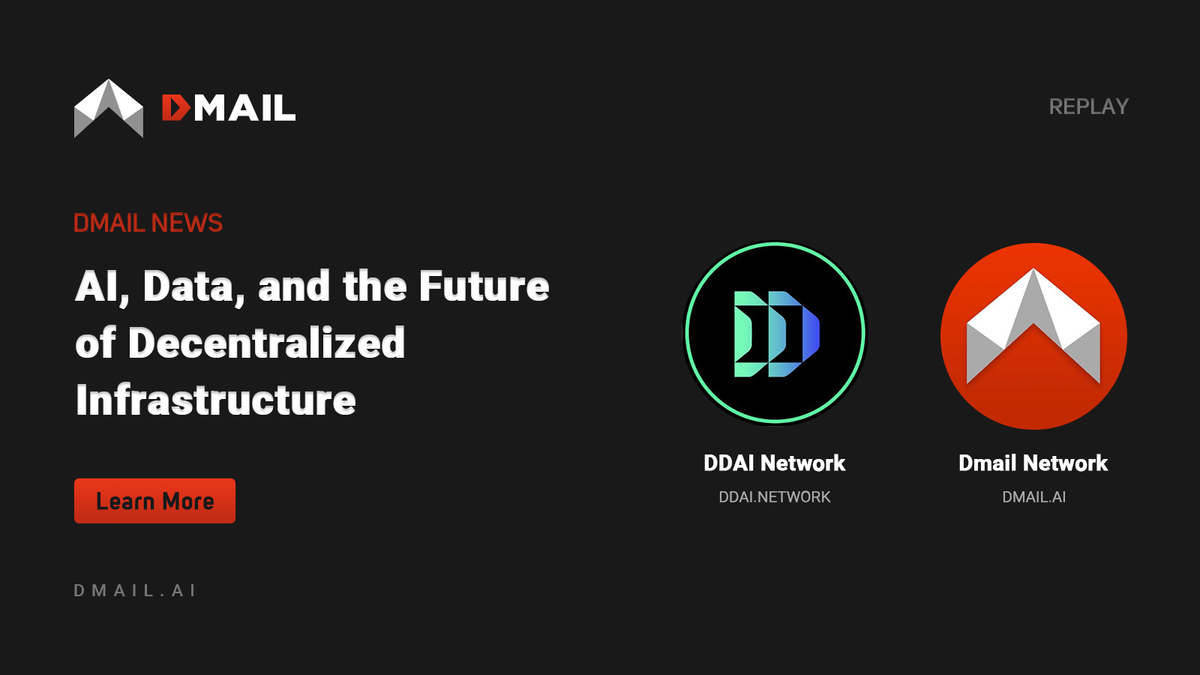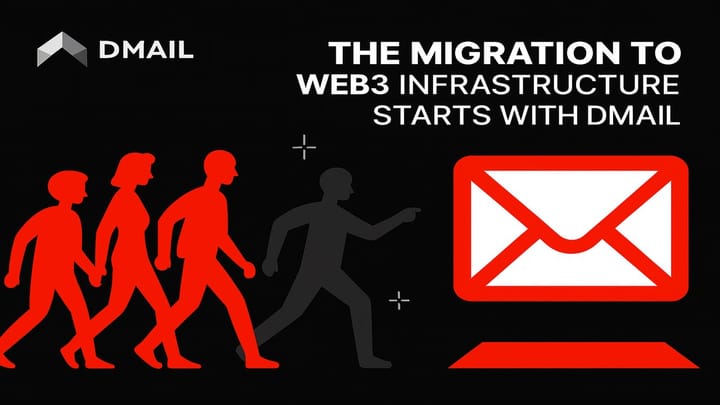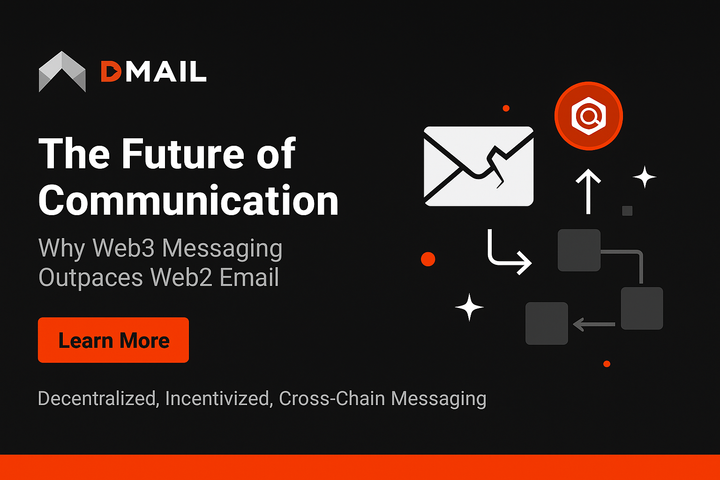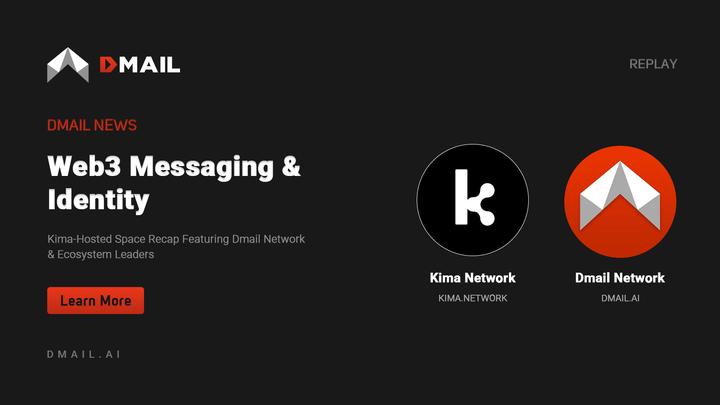Dmail x DDAI Network AMA Recap: AI, Data, and the Future of Decentralized Infrastructure
With AI accelerating, Web3 expanding, and communication channels becoming more essential than ever, the future of DePIN will be shaped by projects that embrace not just decentralization, but data-driven decentralization.

Featuring Bhavesh Singh, Head of Business Development at Dmail Network
Published: May 2025
As the DePIN narrative matures, projects at the intersection of decentralized infrastructure and artificial intelligence are becoming increasingly central to the future of Web3. That’s why our recent AMA with DDAI Network—a leader in AI-powered DePIN innovation—was such a timely and high-value discussion.
Dmail Network’s Bhavesh Singh, Head of Business Development, joined DDAI’s roundtable to discuss how intelligent data, wallet-based communication, and AI-driven segmentation can help DePIN projects scale faster, retain contributors longer, and operate more efficiently across chains and devices.
Below are some of the key insights from the session.
Why Dmail Exists—and Why It Matters for DePIN
“We’re not just building a better inbox—we’re building the communication infrastructure Web3 never had.”
Bhavesh opened by introducing Dmail Network as a messaging protocol that’s already powering over 50 million users across 38 chains. Originally launched on the Internet Computer (ICP), Dmail now ranks as the largest and most active dApp on ICP, with deep integrations across major blockchains.
More than just messaging, Dmail enables:
- Token-gated updates
- DID-based segmentation
- AI-personalized flows
- Subhub campaign orchestration
- End-to-end encrypted wallet messaging
For DePIN projects, this infrastructure becomes critical—enabling direct communication with node operators, contributors, and users without relying on Web2 tools like email or Telegram.
Data as the Lifeblood of DePIN
When asked about the role of data in the DePIN space, Bhavesh made one thing clear: you can’t scale physical infrastructure without intelligent coordination.
“If you’re not tracking uptime, contribution patterns, and regional growth in real time, you’re not building a network—you’re burning tokens.”
He outlined how on-chain metrics (staking, wallet activity) combined with off-chain data (location, device specs, participation rates) give DePIN projects the clarity needed to adjust emissions, reward quality contributors, and prevent blind spots in their network rollouts.
AI-Powered Optimization for Network Growth
Bhavesh explained how Dmail is already using AI to profile users, segment DIDs, optimize message delivery, and rewrite content in real time based on behavior, language, or device type.
“Manual scaling doesn’t work. AI lets us operate across tens of millions of users—and DePIN can apply the same logic to contributors, nodes, and devices.”
He emphasized that AI allows networks to detect anomalies, pre-empt user churn, and forecast which geographies or verticals are about to spike in demand—making growth faster and more efficient.
Predictive Analytics and Proactive Expansion
As DePIN expands globally, Bhavesh sees predictive analytics as a key lever for sustainable growth. With the right models, projects can:
- Anticipate hardware saturation
- Predict node drop-off
- Adjust token rewards before inefficiencies emerge
- Guide infrastructure placement based on future need
“Growth shouldn’t be reactive. Predictive analytics puts you one step ahead.”
Data Sovereignty and Trust in DePIN Ecosystems
The AMA concluded with a discussion around privacy and trust—especially important in DePIN projects that touch the physical world.
Bhavesh advocated for zero-knowledge design, opt-in models, and DID-native permissions to let users retain control of their data while still participating fully in reward and governance flows.
“At Dmail, every message is encrypted. Users opt in. Projects don’t track—they communicate. That’s the standard DePIN needs to follow.”
Final Thoughts
“DePIN isn’t just about devices—it’s about coordination. And coordination demands messaging, data, and AI that’s decentralized by design.”
This collaboration between Dmail Network and DDAI Network demonstrated what’s possible when infrastructure meets intelligence. With AI accelerating, Web3 expanding, and communication channels becoming more essential than ever, the future of DePIN will be shaped by projects that embrace not just decentralization, but data-driven decentralization.
And Dmail is proud to be building that future.
Learn More:
🌐 https://dmail.ai
📖 https://blog.dmail.ai
📬 https://sub-hub.ai
🔗 DDAI Network: https://ddai.network

Connect with Dmail: Website | Twitter | Discord | Github | Telegram





Comments ()